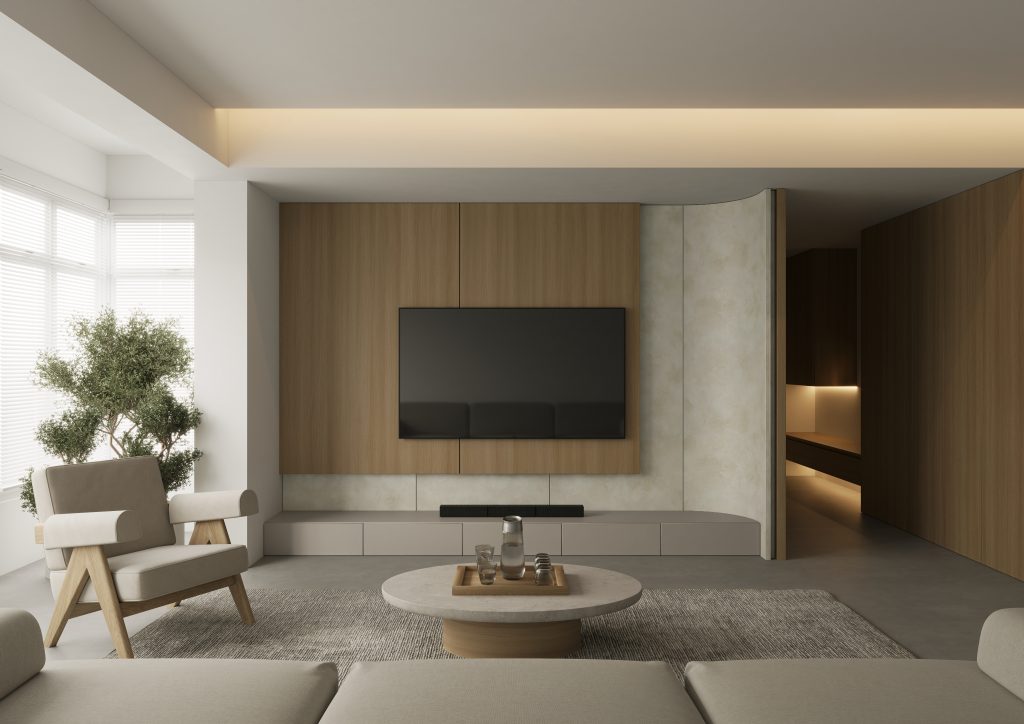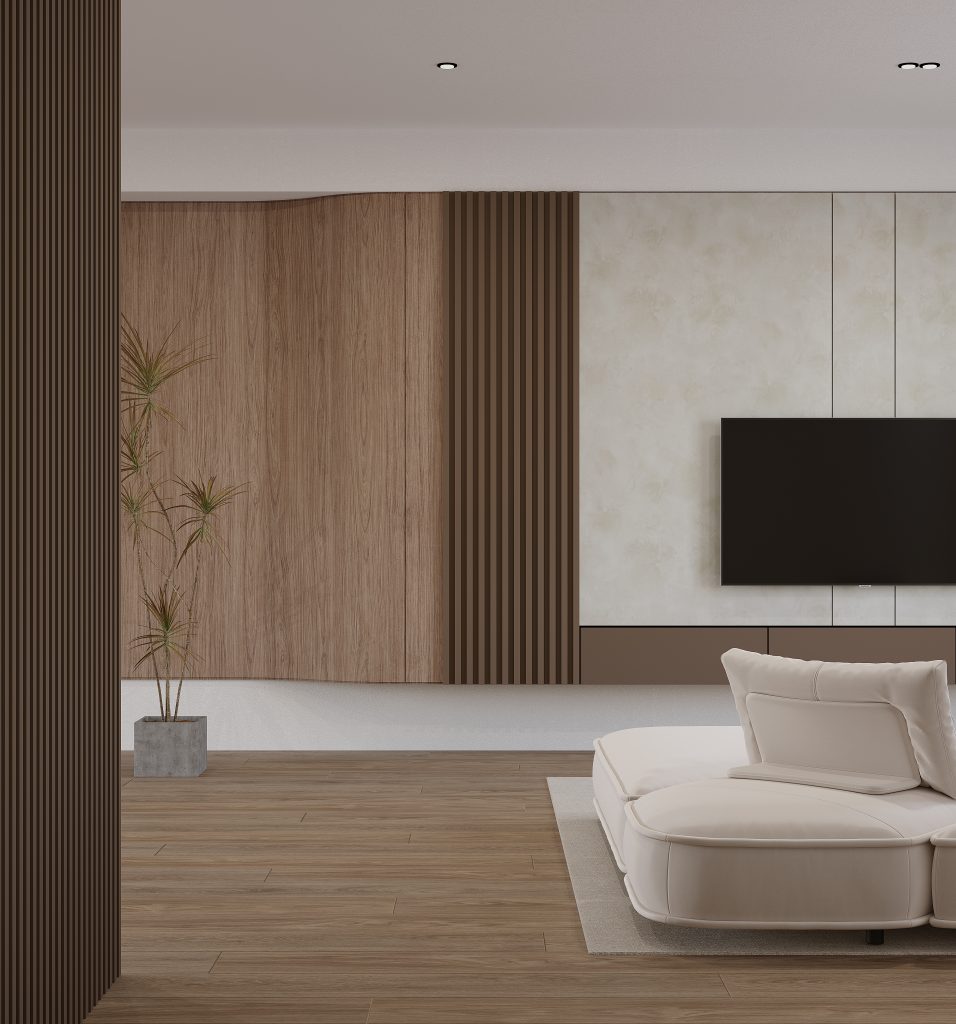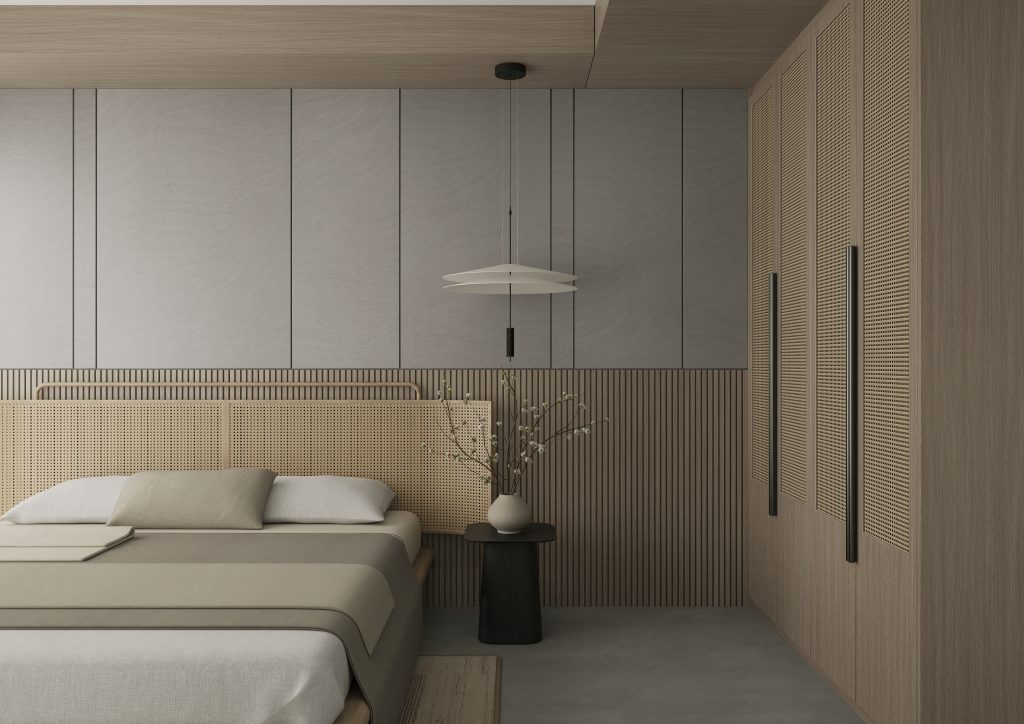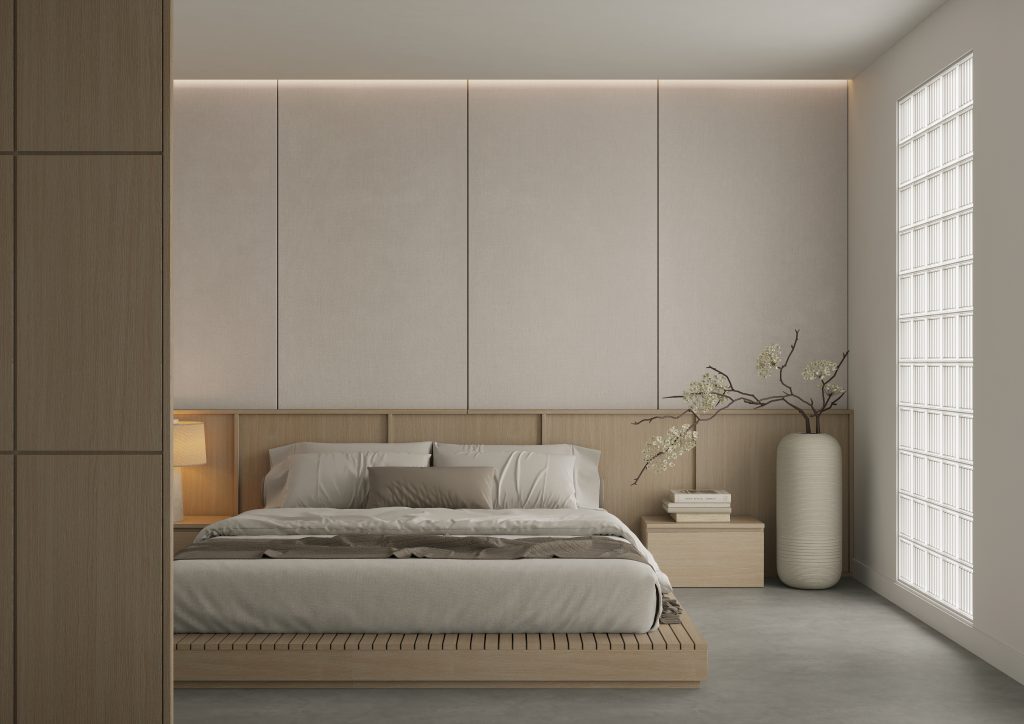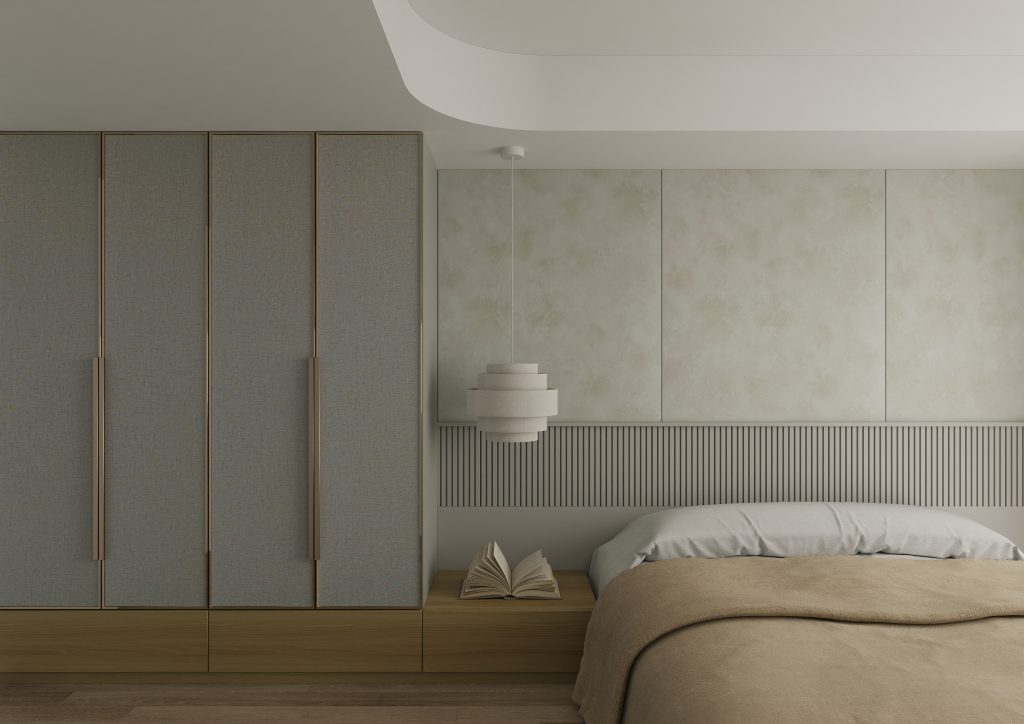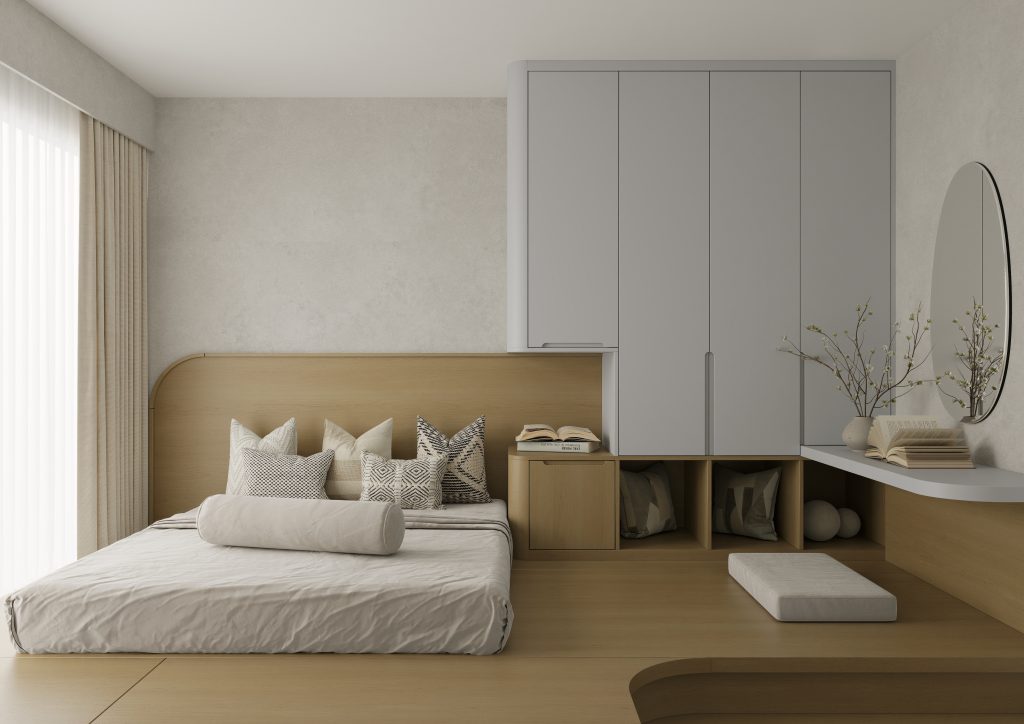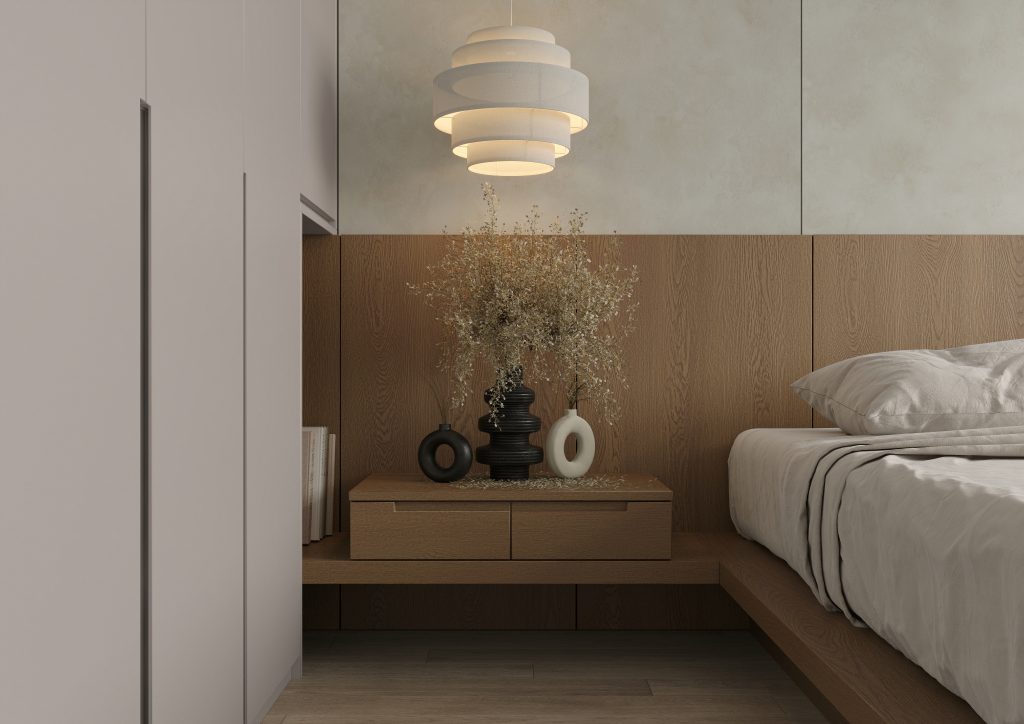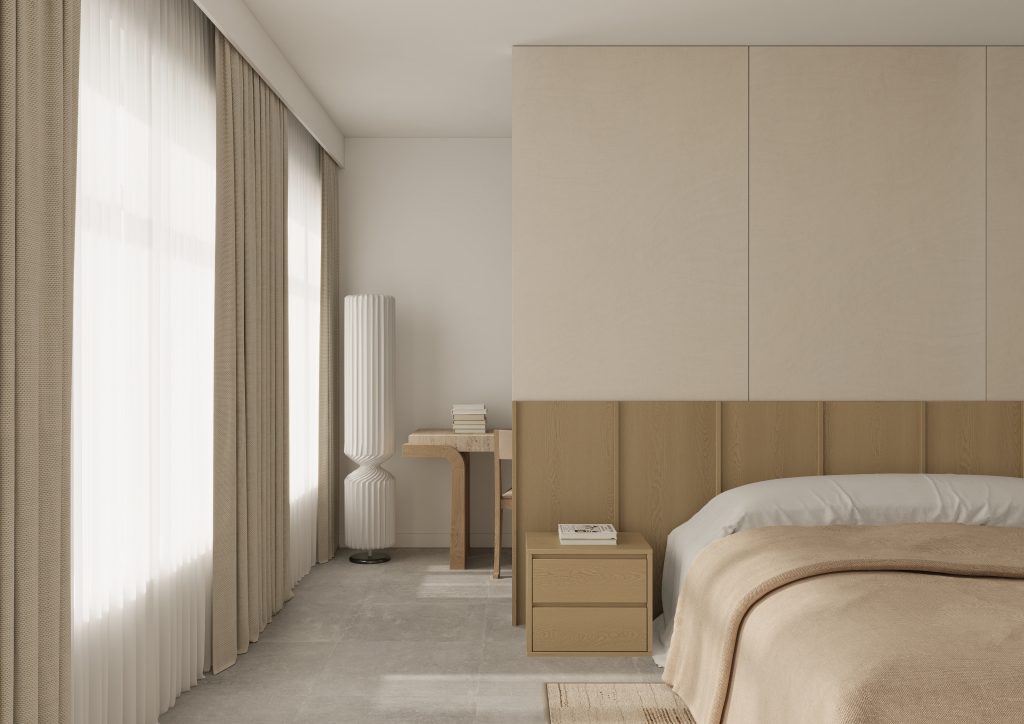10 Wabi-Sabi Interior Design Ideas for Your Home
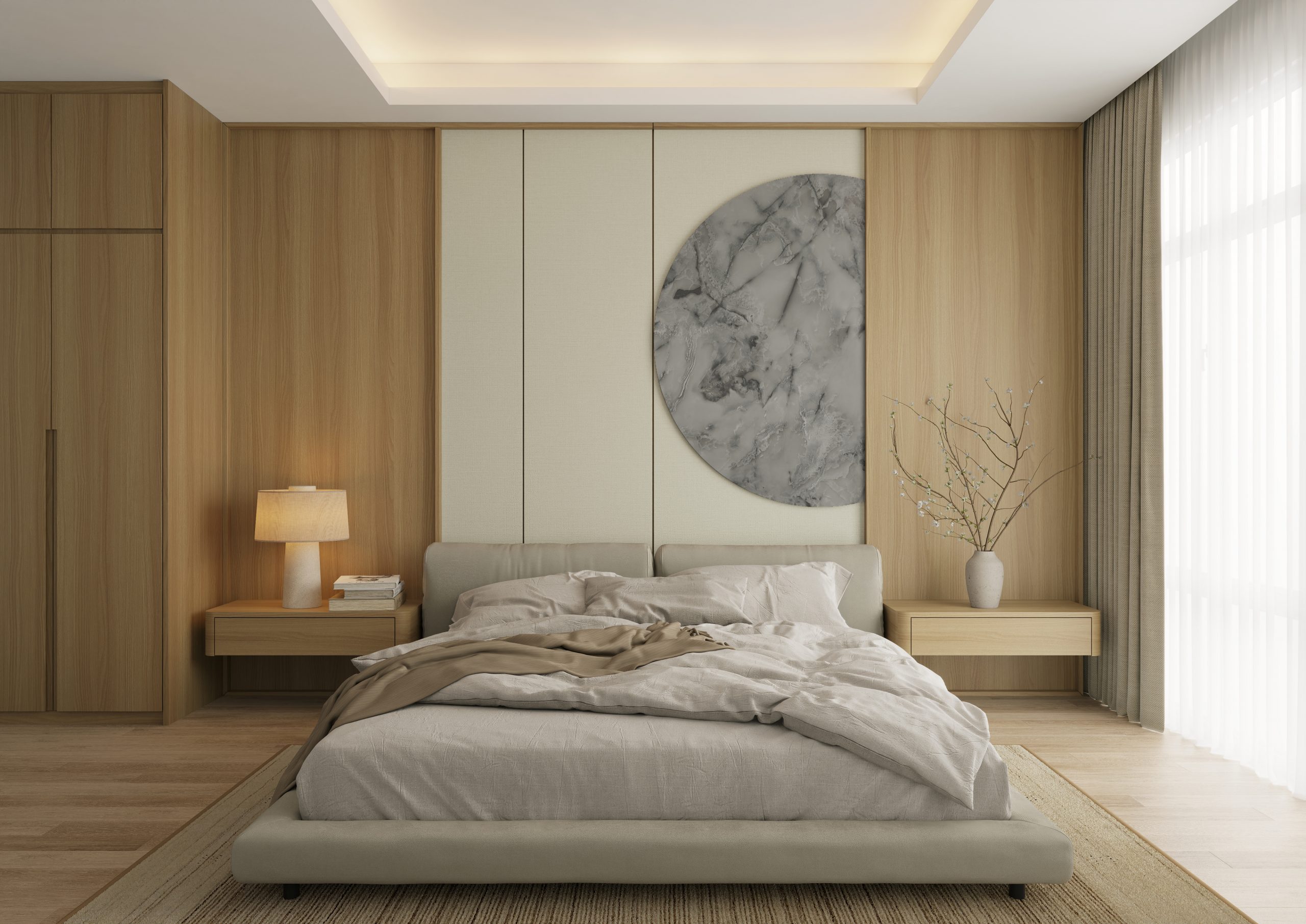
Wabi-Sabi is more than just an interior design trend; it’s a philosophy that embraces simplicity, imperfection, and the beauty found in natural materials.
Rooted in Japanese aesthetics, Wabi-Sabi invites us to create spaces that reflect authenticity and tranquility, where every object has a purpose and every imperfection tells a story.
In a world where perfection is often the goal, Wabi-Sabi offers a refreshing perspective: to appreciate what is flawed, aged, and unfinished, transforming your home into a haven of calm and understated elegance.
What is Wabi-Sabi Interior Design?
Wabi-Sabi is a Japanese aesthetic philosophy rooted in finding beauty in imperfection, simplicity, and the natural passage of time.
It encourages authenticity by emphasizing organic materials and embracing the transient nature of all things. The term combines two concepts: “wabi,” meaning rustic simplicity, and “sabi,” referring to the appreciation of aging and imperfection.
Unlike lavish, ornamented designs, Wabi-Sabi focuses on minimalism, raw materials like wood and stone, and the beauty of things that are worn or irregular.
Key Principles of Wabi-Sabi Interior Design
- Authentic Colors: The style favors natural, muted tones like grey, beige, and earthy hues that evoke calm and simplicity.
- Asymmetry and Imbalance: Wabi-Sabi celebrates irregularity in decor and design, embracing the visual appeal of imperfect forms.
- Natural Materials: Interiors often feature raw, unfinished materials such as wood, stone, and bamboo, adding an organic element to the space.
- Handmade Furniture and Accessories: Handcrafted items with subtle imperfections are favored for their uniqueness.
- Reclaimed and Recycled Decor: Wabi-Sabi highlights the beauty of reclaimed, aged, or repaired furniture, symbolizing the passage of time.
By integrating these principles, Wabi-Sabi creates serene, minimalist interiors that reflect the essence of simplicity and tranquility.
How are Japandi and Wabi-Sabi Interior Design Styles Linked?
Though distinct, Japandi and Wabi-Sabi share several common principles, such as the use of natural materials, minimalist design, and a preference for muted color palettes. Both styles draw inspiration from Japanese design traditions, focusing on simplicity and functionality.
Shared Characteristics:
- Natural Materials: Wood, stone, and bamboo feature prominently in both styles.
- Minimalism: Japandi and Wabi-Sabi emphasize clean, simple designs, avoiding excessive ornamentation.
- Muted Tones: Both styles rely on earthy, subdued colors like grey, brown, and green to create a calm atmosphere.
However, the two differ in their approach and aesthetic.
Japandi, a blend of Japanese and Scandinavian styles, prioritizes balance, structure, and clean lines, while Wabi-Sabi celebrates imperfection, organic shapes, and aging materials.
Related: Japandi Interior Design Style: 7 Ideas for Your Home
While Japandi interiors focus on polished minimalism, Wabi-Sabi embraces irregularity and the beauty of wear, making it a more raw and authentic approach.
Natural Wood Textures Highlight Wabi-Sabi Simplicity
(Featured laminates: PQ6833ZL [Wood], PG2848ST [Stone], RQ2168MT [Cream])
This living room embodies the key principles of Wabi-Sabi, showcasing a minimalist design rooted in the beauty of imperfection and nature.
The natural wood textures combined with a neutral, muted color palette evoke a sense of rustic simplicity and understated elegance—core aspects of the Wabi-Sabi philosophy.
The asymmetry in the arrangement, such as the slightly irregular shapes of the furniture and decor, adds depth and interest to the room without overwhelming it.
Imperfections, such as the subtle texture of the wall or the natural grain in the wood, are celebrated rather than concealed, creating an inviting and authentic space.
Organic Beauty in a Minimalist Wabi-Sabi Living Room
(Featured laminates: PQ2515M [Textured Grey] + PQ7012SM [Wood] + RR25T [Matt Grey])
This living room brings Wabi-Sabi’s philosophy to life with its harmonious blend of natural textures and minimalist design.
The muted color palette of soft greys, wood, and subtle tones reflects the rustic simplicity and authenticity at the heart of this aesthetic. Clean lines meet imperfect textures, like the stone wall behind the TV and the natural wood accents, creating a balance between elegance and organic beauty.
The asymmetry in the room’s composition, from the unique chairs to the irregular shapes of the furniture, offers a tranquil space that invites contemplation and comfort, fully embracing the Wabi-Sabi approach to imperfection and impermanence.
Serenity in the Imperfect: Wabi-Sabi-Inspired Living Space
(Featured laminates: RR2877T [Brown] + PJ2252WY [Walnut] + PG2848ST [Stone])
In this living space, the Wabi-Sabi aesthetic shines through with a blend of organic textures and understated elegance.
The natural wood wall panels, complemented by vertical fluted panels, evoke a sense of timelessness and grounding. Muted, earthy tones dominate the palette, while the asymmetry of the design enhances the room’s character. The minimalist furniture and clean lines don’t compete for attention but instead harmonize with the natural elements, inviting tranquility and contemplation.
The interplay of light and shadow on the soft, imperfect surfaces reminds us of the beauty found in simplicity and imperfection, key tenets of the Wabi-Sabi philosophy.
Related: Explore How Laminates Cultivate a Tranquil Japandi Style Home
A Calm Retreat: Embracing Wabi-Sabi in the Bedroom
(Featured laminates: PQ6835ZL [Oak], PG9300MT [Cream], PP751TH [Marble])
This bedroom beautifully encapsulates the essence of Wabi-Sabi through its embrace of simplicity, natural materials, and imperfect beauty.
The soft, neutral tones of the wooden walls and the minimalist bedding create a calm, serene atmosphere, inviting relaxation.
A single, imperfectly circular marble wall art piece adds a touch of understated elegance while reflecting the philosophy of finding beauty in imperfection.
The asymmetrical arrangement of decor, including a simple vase with delicate branches, further emphasizes the room’s organic feel.
Every element in this space, from the wooden textures to the natural light filtering through sheer curtains, reflects a mindful appreciation for simplicity and the transient beauty of nature.
Earthy Tones and Natural Materials Define Wabi-Sabi Aesthetic
(Featured laminates: PQ2515M [Grey], PQ6825ZN [Oak], DPL001SR [Rattan])
Embrace the Wabi-Sabi philosophy with a harmonious blend of natural textures and calming simplicity.
The light rattan headboard introduces an earthy element, contrasting subtly against the smooth, muted grey wall panels above.
A pendant light with a minimal design softly illuminates the space, while the slatted wood walls and wardrobe doors add both visual and textural depth, celebrating asymmetry and organic shapes.
The space is completed with a single vase holding delicate branches, drawing attention to the beauty of impermanence.
Each element in the room feels thoughtfully placed, allowing the imperfections in texture and form to enhance its understated elegance.
Minimalism Meets Nature: A Wabi-Sabi-Inspired Bedroom
(Featured laminates: PQ1052N [Oak], PG2788DE [Fabric])
This bedroom evokes a serene, almost meditative atmosphere, perfectly capturing the essence of wabi-sabi design.
The minimalistic palette of soft beige and natural wood is complemented by the clean lines of the slatted platform bed, which anchors the space in simplicity. A large, oversized vase holding delicate branches stands tall beside the bed, celebrating organic imperfection.
The gentle backlighting behind the wall panels adds a subtle glow, enhancing the calming ambiance.
Here, the beauty lies in the absence of clutter, allowing every element to breathe and inviting tranquility into the room.
Subtle Elegance in a Tranquil Wabi-Sabi Bedroom
(Featured laminates: PK039CT [Grey], PG2848ST [Stone], PG7557VF [Fabric], PQ6837SM [Oak])
This showcases a serene balance between natural textures and muted tones, embodying the wabi-sabi philosophy of embracing imperfection and simplicity.
The textured wardrobe doors, with their soft grey hue, blend seamlessly with the understated beige tones of the bedding and walls. A unique, sculptural pendant light adds a touch of asymmetry, hanging over a minimal wooden nightstand.
The subtle ribbed detail on the headboard adds depth and interest, without overwhelming the space. This design highlights the beauty in simplicity, with each element contributing to a tranquil, harmonious atmosphere.
Functional Simplicity with a Wabi-Sabi Twist
(Featured laminates: PK035CT [Grey], PQ6850SM [Oak])
Embody the essence of wabi-sabi with its subtle tones and understated elegance.
The light wood platform bed seamlessly merges with the built-in storage, emphasizing simplicity and functionality. The soft grey cabinetry offers a calm contrast, while the minimalistic decor is enriched with natural elements like the vase with delicate branches.
The asymmetrical headboard curve softens the space, promoting relaxation. Muted, textured pillows add a touch of imperfection, in line with the wabi-sabi philosophy.
Overall, this space celebrates tranquility and the beauty found in simplicity and natural forms.
Wooden Warmth and Simple Charm in a Wabi-Sabi Bedroom
(Featured laminates: PQ8931SY [Oak], PG2848ST [Stone], RR53T [Cream])
This is a beautiful embodiment of wabi-sabi principles, where the focus is on simplicity and natural beauty.
The muted tones of wood seamlessly extend from the platform bed to the built-in side table, creating an uninterrupted flow of warmth and texture. A minimalist yet sculptural light fixture softly illuminates the space, while dried foliage and abstract ceramic vases on the bedside table add a touch of natural imperfection.
The balance of organic forms and clean lines fosters a tranquil, calming atmosphere that celebrates the beauty of minimalism and authenticity.
Modern Minimalism with Wabi-Sabi Asymmetry
(Featured laminates: PR1007ET [Limewash], PQ8929SY)
This minimalist bedroom design embraces the essence of wabi-sabi with its calming neutral palette and the beauty of simplicity.
The warm wood paneling behind the bed adds an organic touch, complemented by the subtle textures of the bedding.
The modern sculptural floor lamp brings a soft asymmetry to the space, while the unique side table and matching desk celebrate handcrafted imperfection. The room’s soft, filtered light enhances its natural serenity, creating a tranquil environment that invites relaxation and reflection.
The understated elegance of each element speaks to the beauty of impermanence and authenticity.
Finding Beauty in Imperfection: Embrace Wabi-Sabi in Your Home
Wabi-sabi interior design invites you to embrace simplicity, authenticity, and the beauty of imperfection.
By incorporating natural materials, muted colors, and organic shapes, this aesthetic fosters a tranquil and serene environment that feels warm and welcoming. Each design choice reflects a deeper appreciation for craftsmanship and the passage of time, creating spaces that are not just stylish but meaningful.
As you bring these 10 wabi-sabi design ideas into your home, you’ll create a personal sanctuary that celebrates the art of living beautifully, simply, and authentically.

